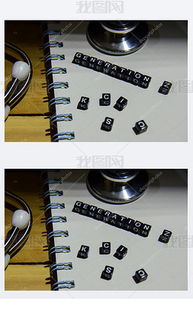Sanding Blocks for Wood: A Comprehensive Guide
When it comes to woodworking, achieving a smooth and polished finish is essential. One of the most crucial tools in your arsenal is the sanding block. In this detailed guide, we will explore the various aspects of sanding blocks for wood, including their types, uses, and benefits. Whether you are a beginner or a seasoned woodworker, this article will provide you with valuable insights to help you make the most of your sanding blocks.
Types of Sanding Blocks

Sanding blocks come in various shapes, sizes, and materials. Here are some of the most common types:
| Type | Description |
|---|---|
| Flat Sanding Blocks | These blocks have a flat surface and are ideal for sanding flat surfaces, such as tabletops or shelves. |
| Curved Sanding Blocks | Curved blocks are perfect for sanding contoured surfaces, such as the edges of a chair or the curve of a bowl. |
| Concave Sanding Blocks | Concave blocks are designed for sanding concave surfaces, like the inside of a bowl or the curve of a spoon. |
| Convex Sanding Blocks | Convex blocks are used for sanding convex surfaces, such as the outside of a bowl or the curve of a spoon handle. |
Each type of sanding block is designed to handle specific sanding tasks, making it easier to achieve a professional finish.
Choosing the Right Sandpaper

The effectiveness of a sanding block depends not only on the block itself but also on the sandpaper you use. Here are some factors to consider when selecting sandpaper:
- Grit Size: Sandpaper comes in various grit sizes, ranging from fine to coarse. Fine grits (e.g., 220-240) are ideal for finishing work, while coarse grits (e.g., 60-80) are better for removing material quickly.
- Material: Sandpaper is available in different materials, such as paper, cloth, or synthetic. Paper sandpaper is the most common and affordable option, while cloth sandpaper is known for its durability and flexibility.
- Adhesive: Some sandpapers have an adhesive backing, which makes them easier to use on sanding blocks. Others require you to apply the sandpaper manually.
When using sandpaper on a sanding block, it’s essential to choose the right grit size for the task at hand. For example, start with a coarse grit to remove material and then switch to a finer grit for finishing.
Using Sanding Blocks Effectively

Using a sanding block effectively can make a significant difference in the quality of your woodworking project. Here are some tips to help you get the most out of your sanding blocks:
- Hold the Block Firmly: Ensure you have a firm grip on the sanding block to maintain control and prevent the sandpaper from slipping.
- Apply Even Pressure: Apply even pressure while sanding to avoid creating uneven surfaces or leaving marks.
- Move in the Direction of the Grain: Sanding against the grain can cause the wood to split or crack. Always sand in the direction of the wood’s grain.
- Change Sandpaper Regularly: Replace the sandpaper when it becomes clogged with wood particles to maintain its effectiveness.
By following these tips, you can achieve a smooth and professional finish on your woodworking projects.
Benefits of Using Sanding Blocks
Sanding blocks offer several benefits for woodworkers:
- Improved Sanding Efficiency: Sanding blocks allow you to sand larger areas more quickly and evenly than using sandpaper alone.
- Enhanced Control: Sanding blocks provide better control over the sanding process, reducing the risk of damaging the wood.
- Customization: You can choose from various sanding blocks and sand
